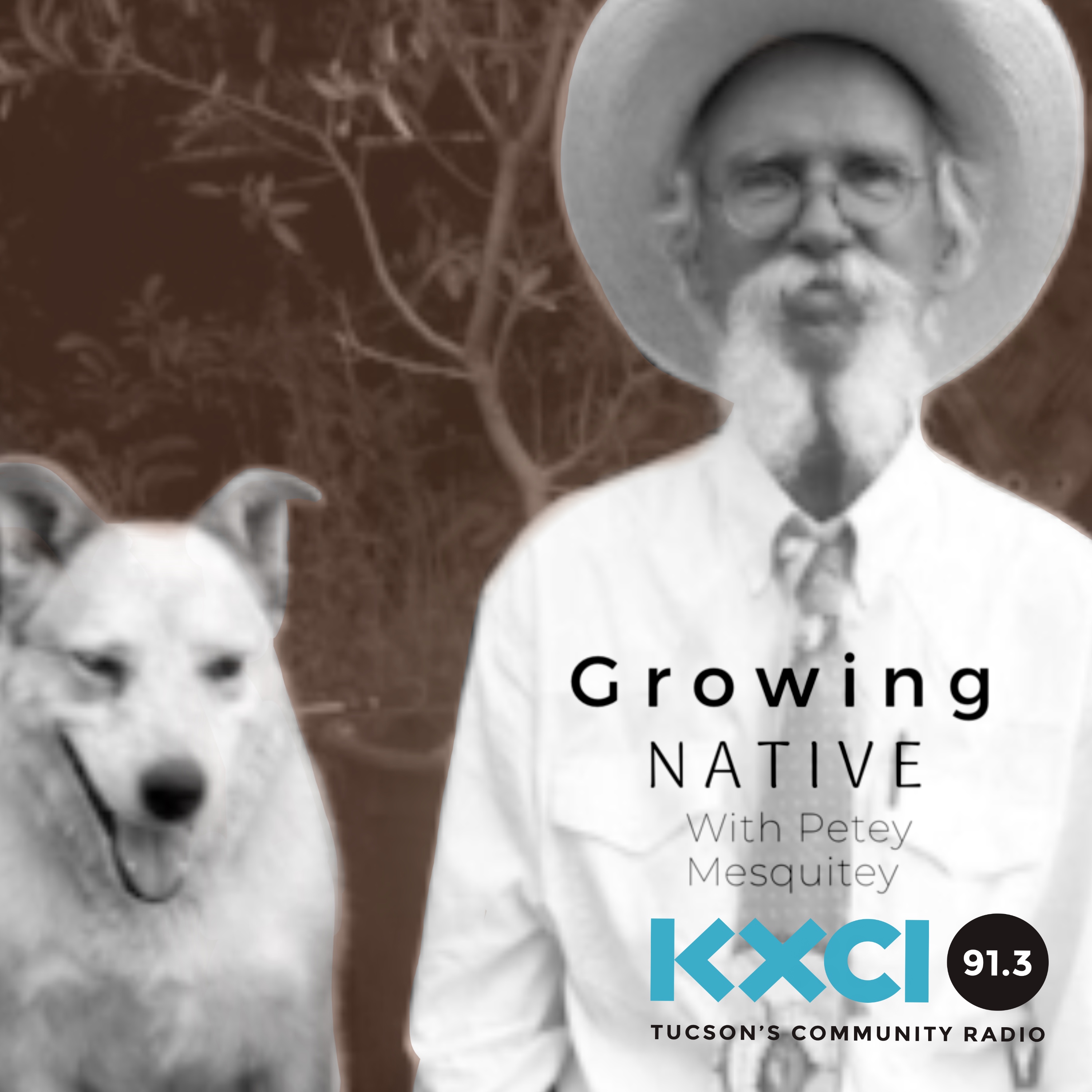
I was sort of right, but mainly wrong about poison ivy’s Latinized name. The species found in Arizona is Toxicodendron rydbergii, formerly Rhus radicans var. rydbergii. Obviously I need to stay up to date on the name changes, but now I know,……. grumble, grumble.
I don’t know anyone that doesn’t have a poison ivy story. I’ve always been lucky and remember some small rashes as a kid, but other friends tell of terrible poison ivy experiences. It’s certainly not to be messed with so don’t. And as far as it having great fall color, well, it does. One autumn I hiked quite a ways cross country to identify a red splash of color in a distant canyon. It was poison ivy clambering up and over trees. And, I’m not making this up, I once gathered some interesting small white round seed off a dormant vine. I kept thinking, “I know this seed…..what is this?” And then it came to me, it was poison ivy seed. For a while after that, whenever I did a native plant talk, I billed myself as “the man that can sell poison ivy to a camp counselor.”
A couple notes: Ms. Mesquitey took the photo of me by the wintry poison ivy hanging over the fence at the base of Castle Rock in Old Bisbee. I imagine a tourist getting home from Bisbee after a fun summer weekend and saying, “Gosh, I had a great time, but where did I get this crazy rash?”

The botanical name for Arizona rosewood is Vauquelinia californica. The species name californica means of California, but it’s not found…

Quercus toumeyi Arizona Sonora border foothills oak The photos are mine.

Coral Bells or Alum Root are Heuchera and in this case I’m talking about the species sanguinea. There are 6 species of Heuchera found...